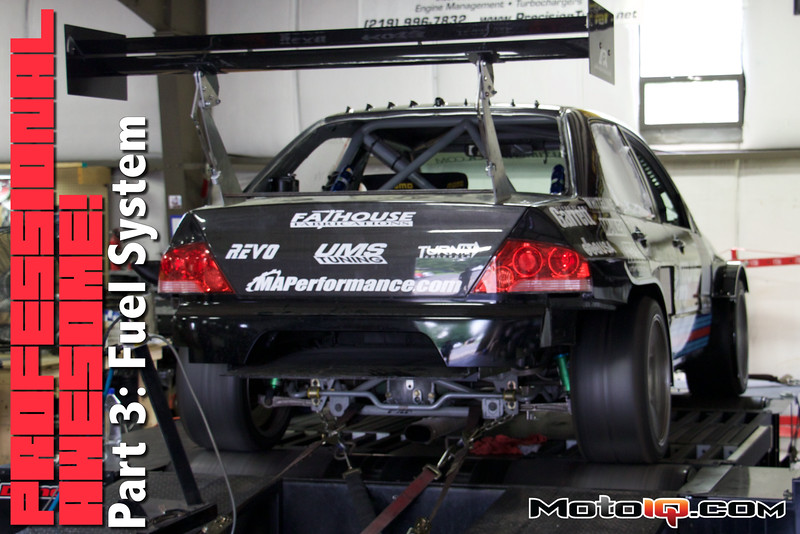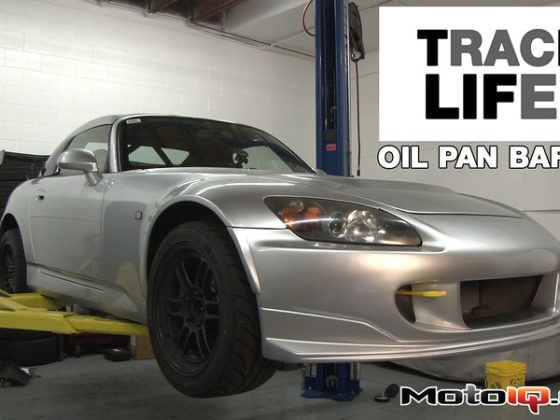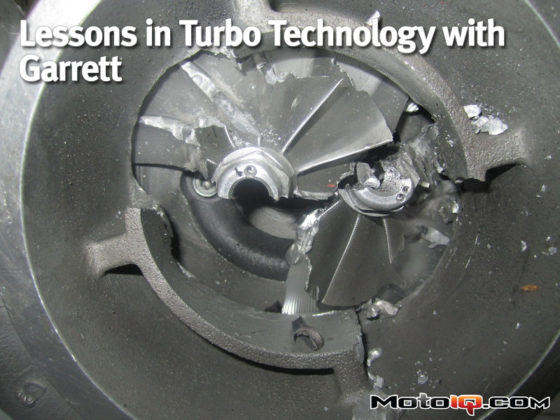
Project Professional Awesome Time Attack Evo: Part 3 – Fuel System
At Professional Awesome Racing, we take pride in thinking through problems and coming up with solutions that are as efficient and reliable as possible, all while fitting into a modest budget. We try not to do things that other people do just because “it’s always been done that way.” As you can read in our previous articles, this has lead to unique designs with our chassis/roll cage and powerplant. We like to think this same mentality translates into our fuel and computer systems and that’s the topic we’ll dive into today. So enjoy reading while sitting on your favorite throne or perhaps fire up MotoIQ at work with a finger quick to pop up a spreadsheet if the boss walks by.
So time attackers usually choose one of two routes for the first stop in our fuel system talk, the fuel tank. One is to keep it stock. The advantages here are simplicity; no need to run new lines and build mounts, better polar moment of inertia; generally stock tanks are mounted within the wheelbase, and cost; free is always nice when building a racecar. Disadvantages are generally heavier weight, potential limitations on fuel pump installs and limited fuel line sizing. The other option is to go with a fuel cell, generally mounted in the trunk, but this costs money and while it can help with weight distribution, it does it in a way that we don’t like. We like centralizing mass, not increasing torque levers.
 So taking a current picture of our half gas tank that's now hidden by a flat bottom was next to impossible. Luckily for you I found this photo following one of our first Buttonwillow Super Lap Battle events. Unluckily for you, it's covered in Southern California's finest desert dirt and isn't pleasent to look at, but you get the picture. You'll notice we cut the tank a little past the halfway point, towards the driver's side and then took a flat plate of steel, cut it out to match the open area of the tank and welded into place.
So taking a current picture of our half gas tank that's now hidden by a flat bottom was next to impossible. Luckily for you I found this photo following one of our first Buttonwillow Super Lap Battle events. Unluckily for you, it's covered in Southern California's finest desert dirt and isn't pleasent to look at, but you get the picture. You'll notice we cut the tank a little past the halfway point, towards the driver's side and then took a flat plate of steel, cut it out to match the open area of the tank and welded into place.What did we do then? We cut the stock fuel tank in half. This solves a few problems. It cuts the weight down of the stock fuel tank and we don’t need to carry around the extra 5 gallons of gas required to keep the fuel from starving under left hand turns. It also freed up a healthy amount of room for a Radium surge tank, which solved the fuel cut issues we previously had with a full sized tank.
 Here's our Radium Multi-Pump Fuel Surge Tank. We have it installed where the rear seat was on the passenger side. We placed the tank in the existing opening used for access to the OEM fuel tank as a way to sink the surge tank further down to lower CG. Our goal was to keep everything as close to the center point of the car and as low as possible. The main fuel tank on the driver's side fills the surge tank and any overflow is directed back to the main tank.
Here's our Radium Multi-Pump Fuel Surge Tank. We have it installed where the rear seat was on the passenger side. We placed the tank in the existing opening used for access to the OEM fuel tank as a way to sink the surge tank further down to lower CG. Our goal was to keep everything as close to the center point of the car and as low as possible. The main fuel tank on the driver's side fills the surge tank and any overflow is directed back to the main tank.Now our Radium surge tank is their “Multi-Pump Fuel Surge Tank.” This particular tank is shorter, but larger than their more familiar, standard fuel surge tanks. The baller feature of this design is the ability to squeeze 3 fuel pumps internally into one tank, simplifying installation for multi pump systems. Machined from 6061 aluminum, fully sealed and with the ability to be pressurized, it met our needs perfectly.
 Zeitronix's Ethanol Content Analyzer is mounted in our center console so the driver, me, can make sure the content is in a safe range. Ethanol content and fuel temperature is relayed to the AEM Infinity ECU which will vary injector pulse width, boost pressures, timing maps and more depending on content percentage.
Zeitronix's Ethanol Content Analyzer is mounted in our center console so the driver, me, can make sure the content is in a safe range. Ethanol content and fuel temperature is relayed to the AEM Infinity ECU which will vary injector pulse width, boost pressures, timing maps and more depending on content percentage.I should inform the readers that are not in the know, that we are from Indiana. Because of this we use E85 straight from the gas station that’s about 1 mile down the road from the shop. Being in a state that is covered in corn means that in our modest town, I can think of 5 stations off the top of my head that sell E85 and they all seem to know how to blend precisely. God bless America! We do keep close tabs on our ethanol content and fuel temperature with Zeitronix’s E85 Analyzer. This little tool integrates perfectly with our AEM Infinity ECU, which has a flex fuel feature, and has proven to be an engine saver when traveling to places with unknown blending abilities.



